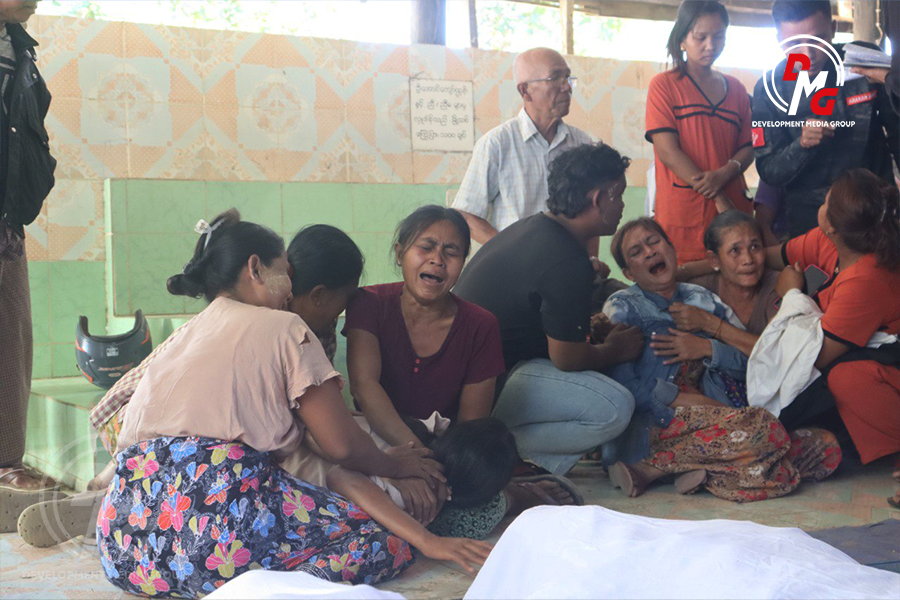- Junta unable to hold elections in dozens of wards and village-tracts in Sittwe, Kyaukphyu
- Fighting escalates between Myanmar military, Arakan Army in Ayeyarwady Region
- Regime steps up civilian arrests in Sittwe
- ULA safeguards Mrauk-U's ancient heritage
- Arakan on the Edge: What the DMG Landmine Impact Report Reveals About Myanmar's Deepening Humanitarian Crisis
Nearly 1.3 million fish, shrimp hatchlings added to rivers and streams in Arakan State
More than 1.2 million fish and shrimp hatchlings have been added to rivers and creeks in Arakan State in the 2021-22 financial year to improve fish and shrimp production in the state, according to the state’s Department of Fisheries.
03 Jan 2022

DMG Newsroom
3 January 2022
More than 1.2 million fish and shrimp hatchlings have been added to rivers and creeks in Arakan State in the 2021-22 financial year to improve fish and shrimp production in the state, according to the state’s Department of Fisheries.
In previous years, fish and shrimp that were one-inch-sized were added, but last year, two-inch-sized hatchlings were added.
In the 2021-22 financial year, 1,080,000 seawater shrimp and 210,000 fish were added into rivers and creeks in Arakan State, according to the department.
On December 18, 500,000 shrimp were added in Kyaukphyu Township. On December 22, 210,000 fish were added into the Mayu River in Buthidaung Township and 580,000 shrimp were added at the Yechanpyin jetty on January 3, said U Thet Oo, director of the state’s Department of Fisheries.
“Our department adds young fish and shrimp annually with the aim to prevent extinction of local fish species, to increase fish resources and to develop the local socio-economic system,” he said.
According to field surveys conducted from 2012-18, fisheries resources in the Arakan coastal area are currently 40% lower than Myanmar’s other coastal regions, a senior Fisheries Department official told DMG in 2020.
As marine resources have become scarce, Arakan State’s fishermen are finding it increasingly difficult to make ends meet.
Environmental conservationists say the decline in fish stocks along the Arakan coast is due to unsystematic fishing practices, mangrove deforestation, pollution and salt production, among other factors.

















